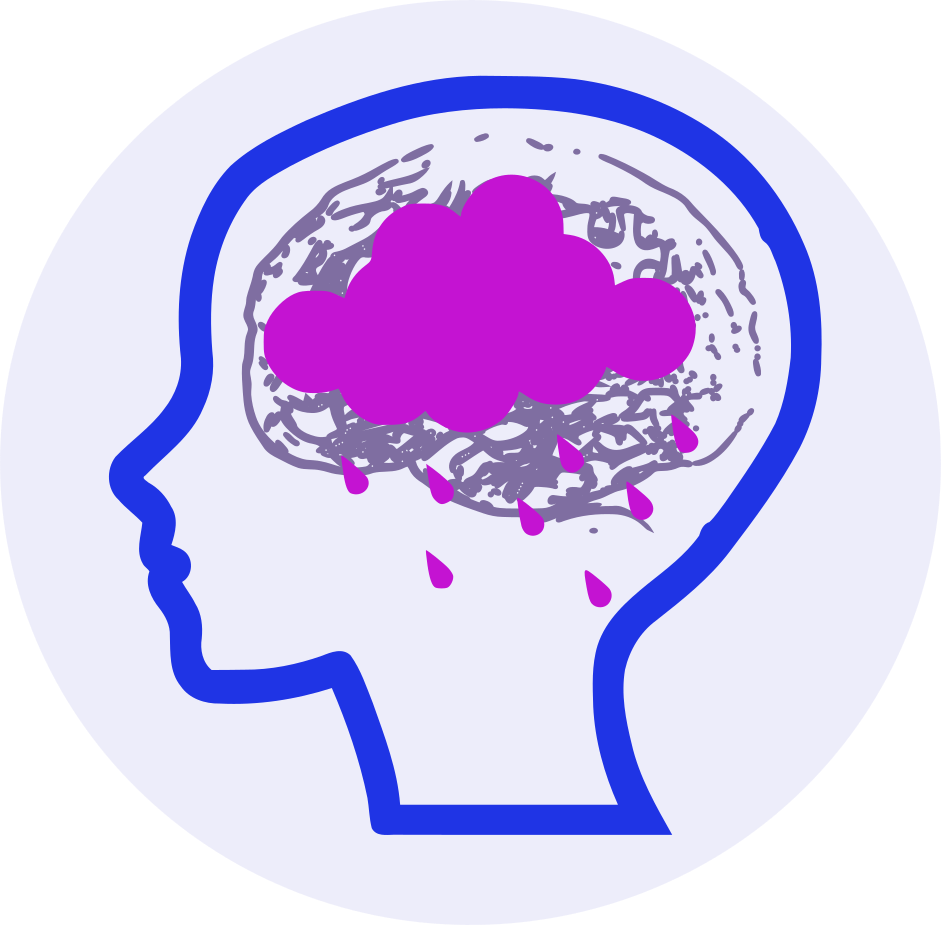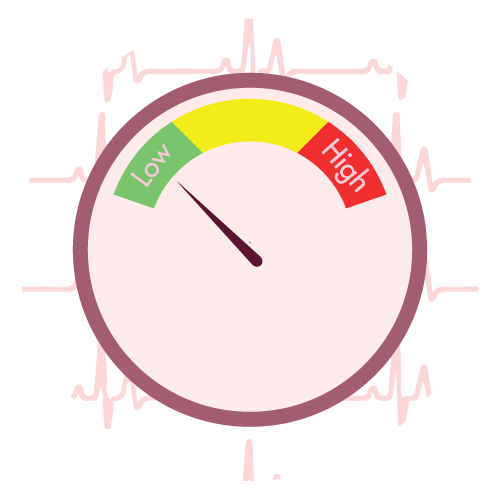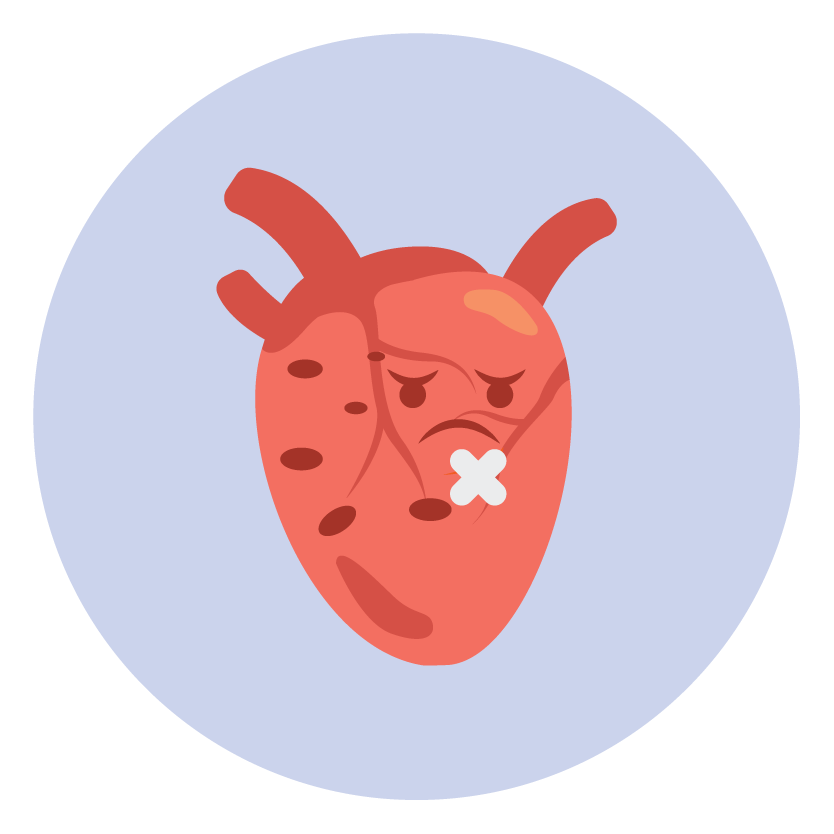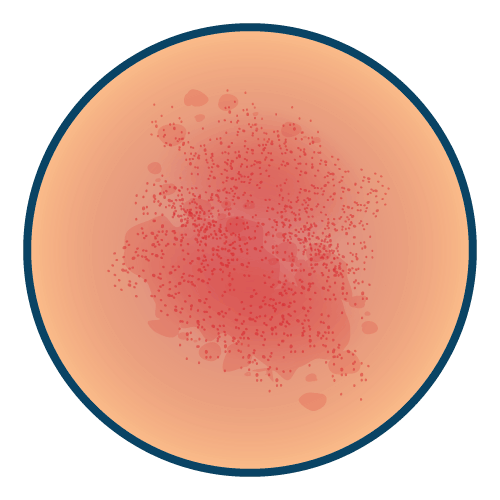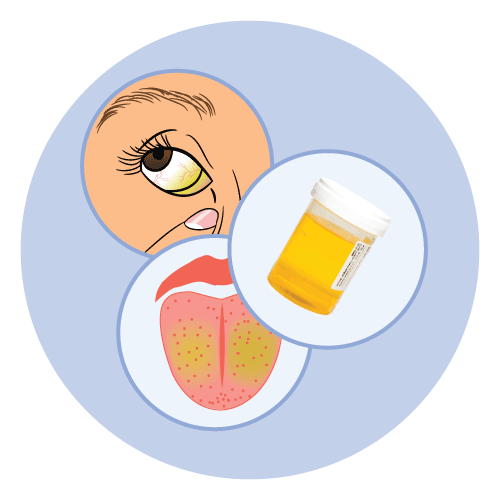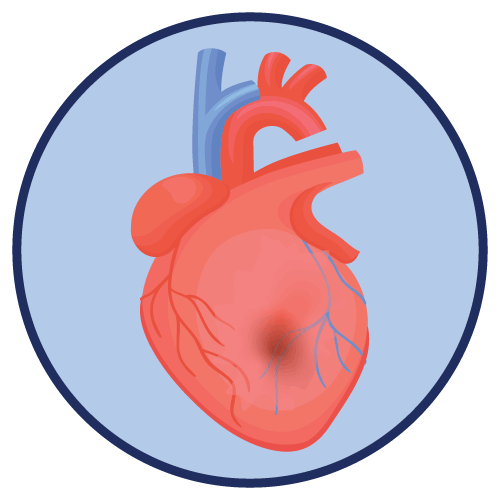| Name | Nortriptyline |
| Classes |
Central Nervous System Agent Psychotherapeutic Agent Tricyclic Antidepressant |
| Diseases |
CNS Disorder Depression |
Nortriptyline
Nortriptyline belongs to a class of drugs called the tricyclic antidepressants. Nortriptyline blocks the reuptake of serotonin and norepinephrine in presynaptic terminals, which leads to increased concentration of these neurotransmitters in the synaptic cleft
Nortriptyline is indicated for the treatment of Depression.
- Usual Adult Dose: 25 mg three or four times daily; dosage should begin at a low level and be increased as required. As an alternate regimen, the total daily dosage may be given once a day. When doses above 100 mg daily are administered, plasma levels of nortriptyline should be monitored and maintained in the optimum range of 50 to 150 ng/mL. Doses above 150 mg/day are not recommended.
- Elderly and Adolescent Patients: 30 to 50 mg/day, in divided doses, or the total daily dosage may be given once a day.
- Cardiovascular: Hypotension, hypertension, tachycardia, palpitation, myocardial infarction, arrhythmias, heart block, stroke.
- Psychiatric: Confusional states (especially in the elderly) with hallucinations, disorientation, delusions; anxiety, restlessness, agitation; insomnia, panic, nightmares; hypomania; exacerbation of psychosis.
- Neurologic: Numbness, tingling, paresthesias of extremities; incoordination, ataxia, tremors; peripheral neuropathy; extrapyramidal symptoms; seizures, alteration in EEG patterns; tinnitus.
- Anticholinergic: Dry mouth and, rarely, associated sublingual adenitis; blurred vision, disturbance of accommodation, mydriasis; constipation, paralytic ileus; urinary retention, delayed micturition, dilation of the urinary tract.
- Allergic: Skin rash, petechiae, urticaria, itching, photosensitization (avoid excessive exposure to sunlight); edema (general or of face and tongue), drug fever, cross-sensitivity with other tricyclic drugs.
- Hematologic: Bone marrow depression, including agranulocytosis; eosinophilia; purpura; thrombocytopenia.
- Gastrointestinal: Nausea and vomiting, anorexia, epigastric distress, diarrhea, peculiar taste, stomatitis, abdominal cramps, black tongue.
- Endocrine: Gynecomastia in the male, breast enlargement and galactorrhea in the female; increased or decreased libido, impotence; testicular swelling; elevation or depression of blood sugar levels; syndrome of inappropriate ADH (antidiuretic hormone) secretion.
- Other: Jaundice (simulating obstructive), altered liver function; weight gain or loss; perspiration; flushing; urinary frequency, nocturia; drowsiness, dizziness, weakness, fatigue; headache; parotid swelling; alopecia.
- Depression is associated with an increased risk of suicidal thoughts, self harm and suicide (suicide-related events). This risk persists until significant remission occurs. As improvement may not occur during the first few weeks or more of treatment, patients should be closely monitored until such improvement occurs. It is general clinical experience that the risk of suicide may increase in the early stages of recovery.
- Patients with a history of suicide-related events, or those exhibiting a significant degree of suicidal ideation prior to commencement of treatment are known to be at greater risk of suicidal thoughts or suicide attempts, and should receive careful monitoring during treatment. A meta-analysis of placebo-controlled clinical trials of antidepressant drugs in adult patients with psychiatric disorders showed an increased risk of suicidal behaviour with antidepressants compared to placebo in patients less than 25 years old.
- Close supervision of patients and in particular those at high risk should accompany drug therapy especially in early treatment and following dose changes. Patients (and caregivers of patients) should be alerted about the need to monitor for any clinical worsening, suicidal behaviour or thoughts and unusual changes in behaviour and to seek medical advice immediately if these symptoms present.
- Withdrawal symptoms, including insomnia, imtability and excessive perspiration, may occur on abrupt cessation of therapy.
- The use of nortriptyline in schizophrenic patients may result in an exacerbation of the psychosis or may activate latent schizophrenic symptoms. If administered to overactive or agitated patients, increased anxiety and agitation may occur. In manic-depressive patients, nortriptyline may cause symptoms of the manic phase to emerge.
- Cross sensitivity between nortriptyline and other tricyclic antidepressants is a possibility.
- Patients with cardiovascular disease should be given nortriptyline only under close supervision because of the tendency of the drug to produce sinus tachycardia and to prolong the conduction time. Myocardial infarction, arrhythmia and strokes have occurred. Great care is necessary if nortriptyline is administered to hyperthyroid patients or to those receiving thyroid medication, since cardiac arrhythmias may develop.
- The use of nortriptyline should be avoided, if possible, in patients with a history of epilepsy. If it is used, however, the patients should be observed carefully at the beginning of treatment, for nortriptyline is known to lower the convulsive threshold.
- The elderly are particularly liable to experience adverse reactions, especially agitation, confusion and postural hypotension.
- Troublesome hostility in a patient may be aroused by the use of nortriptyline.
- Behavioural changes may occur in children receiving therapy for nocturnal enuresis.
- If possible, the use of nortriptyline should be avoided in patients with narrow angle glaucoma or symptoms suggestive of prostatic hypertrophy.
- When it is essential, nortriptyline may be administered with electroconvulsive therapy, although the hazards may be increased.
- Both elevation and lowering of blood sugar levels have been reported. Significant hypoglycaemia was reported in a Type II diabetic patient maintained on chlorpropamide (250mg/day), after the addition of nortriptyline (125mg/day).
- Patients with rare hereditary problems of galactose intolerance, total lactase deficiency or glucose-galactose malabsorption should not take this medicine.
Contraindication
- Contraindicated in patients hypersensitive to any component of the medication.
- Concomitant use with MAOIs is contraindicated.
-
- Cross-sensitivity between nortriptyline HCl and other dibenzazepines is a possibility.
None known.
 Bangla
Bangla English
English